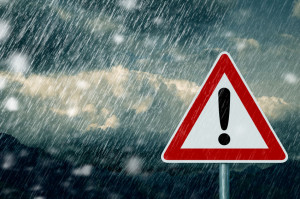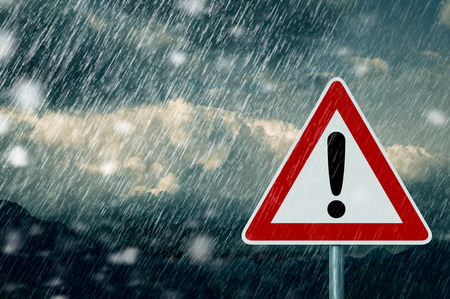 The connection between weather and pain has been debated for a long time, with much of the research on the subject being inconclusive. Even though most chronic back and joint pain sufferers know anecdotally that weather changes drastically impact their pain, hard-and-fast data is difficult to come by.
The connection between weather and pain has been debated for a long time, with much of the research on the subject being inconclusive. Even though most chronic back and joint pain sufferers know anecdotally that weather changes drastically impact their pain, hard-and-fast data is difficult to come by.
The good news is that while there is no clear consensus on exactly what aspect of the weather causes the issue, doctors and scientists are acutely aware that pain patients do suffer more with changes in weather. Based not only on anecdotal evidence but also on research, two main likely causes have emerged: barometric pressure and humidity.
Barometric pressure
Barometric pressure is the weight of our surrounding atmosphere. One theory is that as barometric pressure changes, so does the intensity of back or joint pain. So how does that work? According to experts, the changes are subtle. Higher air pressure pushes against our bodies, thus keeping body tissues from being able to expand. Lower air pressure, which often happens just before weather changes occur, has less weight. This allows tissues to expand, putting more pressure on joints.
Humidity
A change in barometric pressure is likely not the only thing causing pain to surge. Humidity may also play a role. Humidity is the amount of water vapor in the air. A high humidity level can lead to increases in blood pressure and to dehydration. Both of these can put more pressure on joints and can increase pain.
So when you notice that your back or joints ache a little more than usual, check the weather. While you can’t change the weather, you can take steps to address chronic pain.









 Why is the Discount Challenge prize amount $11,181? Because that is the average “per-occurrence” fine for Medicare inducements. That’s not $11,181 per patient, that’s not per provider, that’s PER VISIT. Stinks, doesn’t it? To us, the prize amount is worth the investment if we can help our profession better understand proper discounting.
Why is the Discount Challenge prize amount $11,181? Because that is the average “per-occurrence” fine for Medicare inducements. That’s not $11,181 per patient, that’s not per provider, that’s PER VISIT. Stinks, doesn’t it? To us, the prize amount is worth the investment if we can help our profession better understand proper discounting.